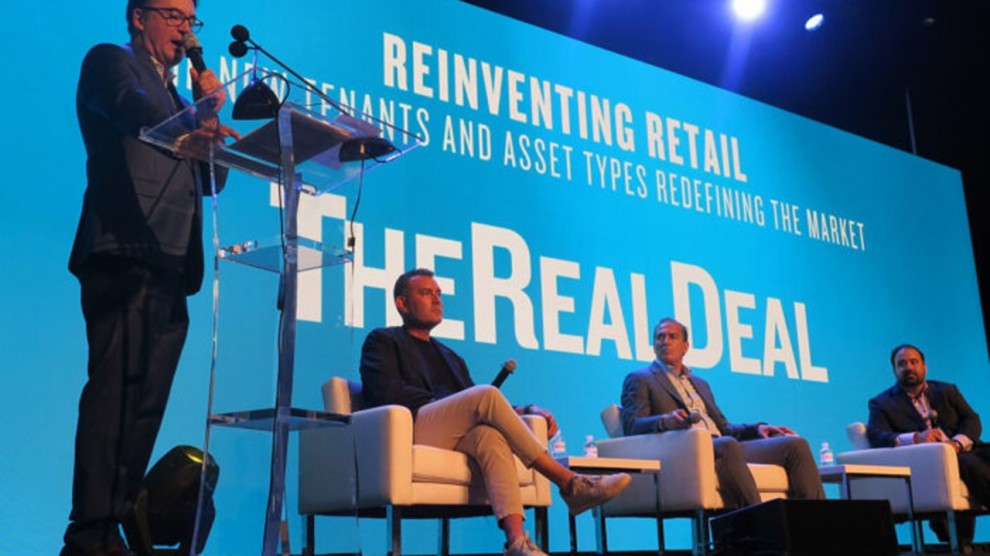Retail can augment, if not outshine, other tenant amenities at office and apartment buildings, real estate pros said during a panel Thursday at The Real Deal South Florida Showcase and Forum.
Nearby food and beverage spots, for example, have helped Pebb Capital pre-lease more than half the 250,000 square feet of office space the company is building at Sundy Village in Delray Beach, formerly known as Midtown Delray. It’s a mixed-use development with ground-floor restaurants on a prime Atlantic Avenue site near scores of bars and restaurants in downtown Delray Beach.
“Employers have come to the realization that the only way to get their employees back to the office is to put their headquarters or offices in places where the employees want to go to work,” said panelist Todd Rosenberg, founder and managing principal of Pebb Capital, which plans to move its headquarters to Sundy Village from Boca Raton. “We’re seeing the proof that this is the shift in the trend.”
During the panel, called “Reinventing Retail: The new tenants and asset times redefining the market,” moderated by TRD Editor-in-Chief and CEO Stuart Elliott, Rosenberg said some commercial developers now recognize nearby restaurants and retail stores as attractive amenities. Tenants may value them more than a costly on-site gym or swimming pool.
“When you’re building an apartment building, you want [on-site] amenities. But most of the time, they aren’t generating revenue. They actually hurt your program,” he said. “And so, in addition to keeping them small, you want to make sure there’s just enough.”
Panelist Tony Arellano said retail experiences that defy replication on the internet hold the most promise.
“What I think is exciting is something that you can’t find online,” said Arellano, managing partner of Dwntwn Realty Advisors. He cited as an example the experience of patronizing shops, restaurants and bars in Miami’s Wynwood neighborhood.
Arellano also said the nearby Miami Design District is a hot market for retail space that’s still heating up. “Rents are getting to a point where the area is starting to mature very rapidly,” he said. “We still forecast tremendous rent growth. The demand there is like nothing I’ve ever seen.”
The redevelopment potential of many aging shopping centers hinges upon the ability of landlords to make the transition to mixed-use properties, said panelist Bahram Akradi, chairman, CEO and founder of Life Time. The key is “thinking holistically about the experience you’re developing,” he said.
Among other business pursuits, his company runs operations at Life Time Coral Gables, a major mixed-use multifamily development with nearly 500 apartments, a 70,000-square-foot athletic resort and 22,000 square feet of shared workspaces. Life Time leases the shared workspaces and the athletic resort and manages the residential component of the development, a 1.2 million-square-foot project formerly known as Gables Station.
Shopping centers can transition from pure retail to live-work-play centers with a residential component through activated redevelopment, Akradi said.
“You want to make sure that [the] asset lives and breathes 24 hours a day,” he said. “With the malls, we’re able to go in and take out one of those failed retail spaces, and build a brand new 100,000 square feet …. That becomes the ultimate anchor to revitalize the mall, the first phase of transitioning to a live-work-play environment.”

